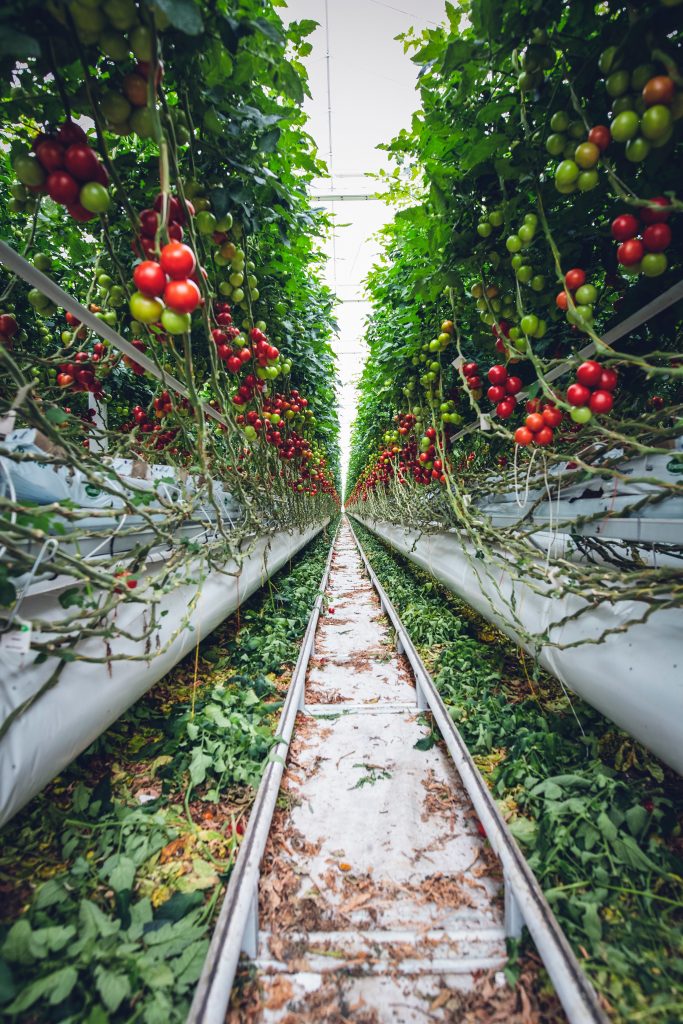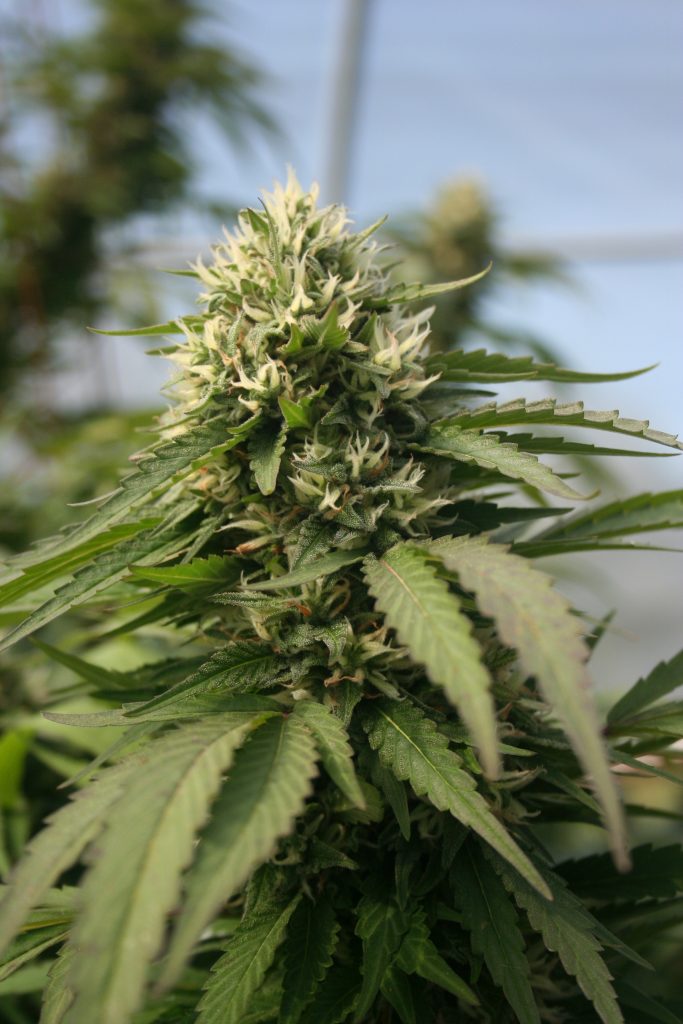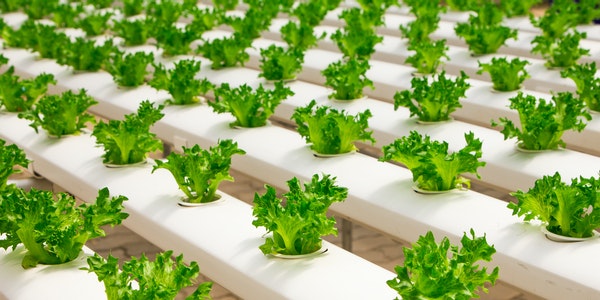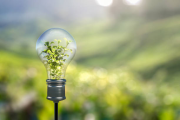The origin of vertical agriculture
It is estimated that by 2050, 80% of the world’s population will live in cities. The total population will increase to 9.2 billion, most of which are in developing countries. Many experts believe that if strict restrictions are not taken, mankind may face severe shortages of food and arable land, which will lead to many terrible consequences, such as famine and ecological disasters.
Vertical agriculture was proposed by Dr. Dickson Despommier (his students also contributed to this), he is a professor of public health and microbiology at Columbia University. Dr. De Pommier said that vertical farms can not only solve the future food shortage problem, but also prevent global warming, improve the living standards of third world countries, and change the way humans obtain food and dispose of waste. All this may sound a bit exaggerated, but in fact, vertical agriculture is very likely to be realized in the future.
The role of vertical agriculture
The focus of vertical agriculture is to solve space problems. The “Vertical Farm Project” led by Dr. De Pommier stated that the output of one acre indoors is equivalent to the output of four to six acres outdoors. For example, they cited a farm in Florida that was transformed into an indoor hydroponic farm for mass production of strawberries. In this farm, every 1 acre of greenhouse can produce strawberries equivalent to 30 acres of land.
After the transformation of ground agriculture to vertical agriculture, humans no longer have to worry about running out of arable land. And because agricultural production is done indoors, people can grow crops throughout the year without worrying about bad weather, drought or natural disasters. If the building is sealed and carefully monitored, there is no need to use pesticides to eliminate pests and parasites. You know, in developing countries, pest infestation is a very serious problem, and it is amazingly destructive. The food produced by vertical agriculture is organic and healthy, and no fertilizer is used in the growth process. Farmers engaged in vertical agriculture do not have to worry about conflicts with others in the allocation of arable land, water and other resources, do not have to worry about competing with genetically modified foods, and do not have to worry about crops being affected by harmful plants and wild animals.
These vertical farms will be built in urban areas, and most people on the planet live in urban areas. Therefore, agriculture has become more like a closed system. In other words, the planting, transportation, eating, and waste disposal of food are all completed in the same area. For large cities like Beijing and Shanghai, almost all food must be transported by air or land. There will be a lot of pollution when food is transported from the place of production to the consumer market through land transportation, sea transportation and air transportation. Vertical agriculture will eliminate this problem to a large extent.
Vertical farms are generally located within the communities they serve. Therefore, people can change the types of crops planted according to local needs. The essence of vertical agriculture is to buy food from local farmers to support local agricultural development and reduce personal impact on the ecology. This concept is widely popular, and many books and newspapers have introduced it.
Prospects for vertical agriculture
The most attractive prospect of vertical agriculture is that the cultivated land used by traditional agriculture is likely to need to be returned to forests, while vertical agriculture does not have such a problem. The purpose of returning farmland to forests is to combat global warming. Through this process, the felled forest area can be returned to its original state, and it will be overgrown with plants for various animals to inhabit, while reducing carbon dioxide in the atmosphere, and for the entertainment industry. And tourism provides beautiful views.
Design and challenge
Vertical farm design
The design of most vertical farms is no different from trendy modern skyscrapers, which are between 30 and 40 stories high. Various crops and livestock may be planted and raised on each floor. For example, fish and other aquatic products can be raised in the sink. At the same time, modern technology is used to minimize waste and energy use and promote recycling. To this end, these farms will be equipped with glass walls, large solar panels, high-tech irrigation systems and incinerators used to burn waste to produce energy. The farm will also be equipped with various monitoring systems to ensure that energy and water are functioning in the right place and temperature is properly controlled.
Water must be carefully distributed during the irrigation process, and excess water will be collected and recycled. Through evaporation, dew can also be collected. Wastewater and sewage can be purified by algae and plants to become drinking water; it can also be directly filtered into sterile water that can be used for irrigation. This kind of irrigation water is flowing into the river from various cities all the time, and the daily discharge amount is as high as millions of cubic meters.
In vertical farms, methane gas will also be collected and will not be emitted into the atmosphere. All excess energy will be sold back to the local energy grid.
Dr. De Pommier believes that 150 30-story farms can meet the needs of the entire New York City. After careful design, these vertical farms will be placed around the city or concentrated in nearby areas. For example, a farm in New York can be built on Governor’s Island. They don’t look abrupt, and they may even be beautiful.
To make the design of vertical farms a reality, experts in various disciplines must be united, including agriculture, agricultural economics, civil planning, architecture, engineering, economics, and public health. Dr. De Pommier and other researchers have published research reports that set a plan for the development and implementation of vertical farms. In fact, the technologies needed for vertical farms already exist, but it may take 10 years to fully understand how to make these technologies work together. Even so, we have mastered hydroponics (without using soil), and successfully planted plants in extremely harsh environments, even in spacecraft. Methane collection and wastewater collection are becoming indispensable means of protecting natural resources.
Controversies facing vertical farms
Some people are also critical of vertical agriculture. They believe that vertical agriculture will make farmers engaged in traditional agriculture and workers in industries that transport and pack agricultural products unemployed. For these criticisms, it can be pointed out that before the industrial revolution, 95% of Americans were farmers, and vertical agriculture may be the continuation of the agricultural revolution. Moreover, Dr. De Pommier believes that vertical agriculture will create employment opportunities, requiring thousands of specialized talents in the planning, construction and maintenance of these systems. The resulting social and economic benefits may be quite huge, and it is an opportunity for those hard-working self-farming farmers and low-income people. In developing countries, reliable food supplies and improved nutrition will improve people’s living standards, thereby boosting business development, and freeing children from farm work and going to school.
There are still two obstacles on the way for vertical agriculture to become a reality: funding and government support. However, Dr. De Pommier is already contacting investors and philanthropists to establish a demonstration center for sustainable urban agriculture. After obtaining sufficient investment, the first vertical farm can be up and running within 15 years and may even be profitable. The government’s support is obviously helpful to the development of vertical farms.
The era requirements of vertical agriculture
With the encroaching development of the earth’s resources by humans, the available arable land has become less and less. The total arable land has been used by 80%, and the population has increased at an annual rate of 2%. The development of modern agricultural civilization has already affected nature. It has caused serious damage, unrestricted logging and development of forests, and increasingly serious soil erosion of cultivated land. Humans living on this earth will face food crisis and health hazards caused by environmental pollution. It is estimated that by 2025 By the year, the human settlement population will reach 8 billion people, and the urban population will also account for 80%. This kind of high concentration and rapid increase in population density makes it impossible to solve the human food problem by the existing cultivated land alone.
In order to find a new breakthrough for agricultural development, it is necessary to review the existing agriculture, summarize the technology and experience, and critically transform the traditional farming methods. Therefore, the exploration of new agriculture is carried out, which is on the existing arable land. Efficient use and utilization has increased the original land utilization rate and industrial rate several times, leading to a technological road to land from space. In the construction of the technical system, the aerosol culture technology and the vertical construction of the space planting rack or board are boldly cited.
The use value of vertical agriculture
The vertical farm built by vertical agriculture greatly improves the utilization rate of traditional facilities, and can maximize the efficiency of the energy input of the greenhouse. The unit energy input per mu of vegetables produced is reduced several times. In the current shortage of oil resources The significance of the times is very important.
Vertical agriculture can not only be used to build farms, but for urban spaces without soil, this technology can also be used to build miniature and efficient vertical planting systems. Even in small indoor spaces or basement warehouses, vertical planting systems can be constructed, using manual labor. The light source is used for the construction of indoor vegetable gardens, and there is no need to consider the prevention and control of pests during indoor cultivation. It can meet the requirements of pesticide-free and pollution-free. The transmission path of indoor insects can be isolated, and the environmental factors are relatively stable. The increase in artificial controllability will increase and accelerate the yield of crops, which is an inevitable way for future agricultural development and an important auxiliary technology and project for the construction of future ecological cities.
With its unlimited development space and growth advantages, vertical agriculture has become a representative of modern agricultural advanced productivity. It is the best alternative agriculture to change the current shortage of resources, environmental pollution and excessive human input.






